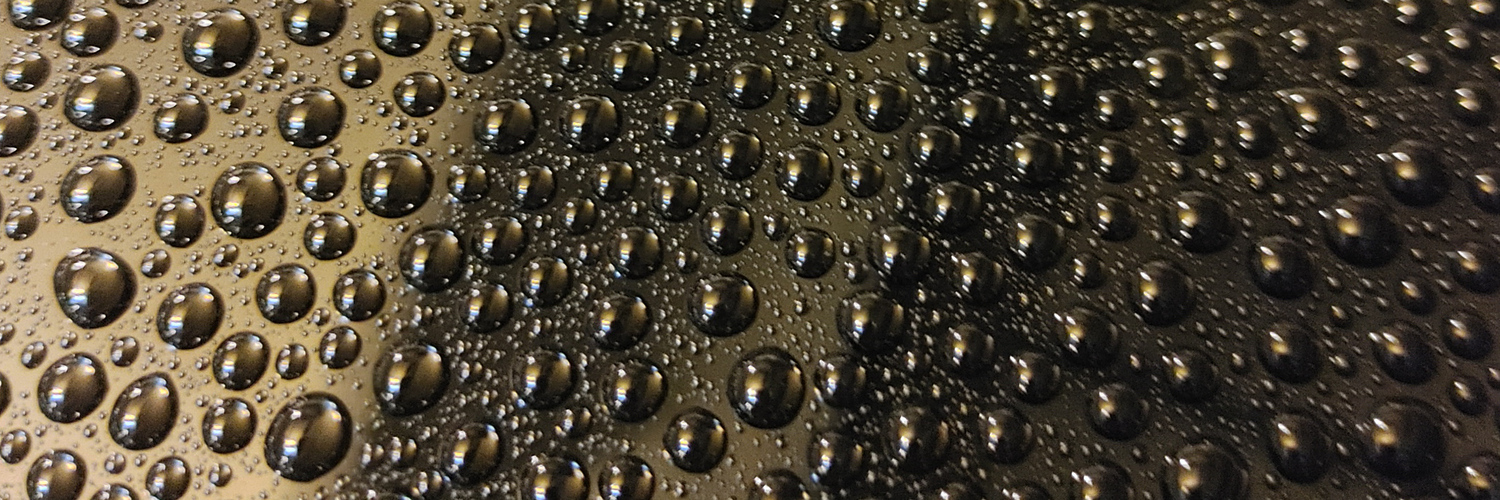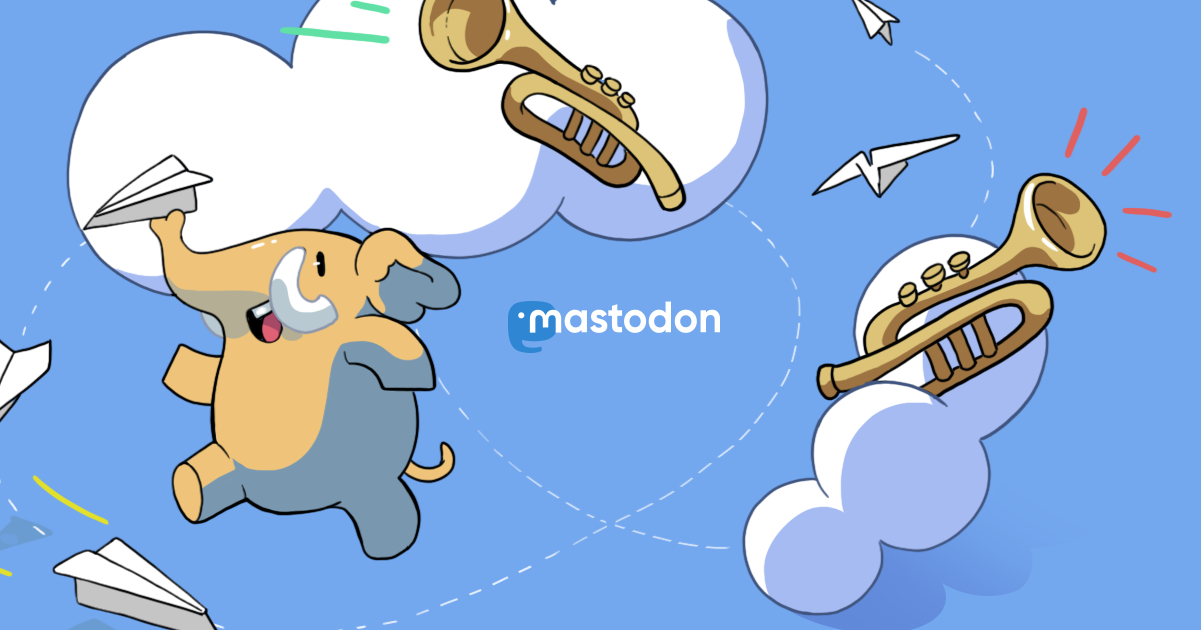
@Codeberg is down due to an upgrade :( Wishing them luck for a quick recovery. 🚑
The visual cortex has arrays of neurons (or neuronal columns?) which detect specific orientations of objects in the visual field.
Scientists could see this because they could push this electrode into the tissue while showing the live animal subject lines of various orientation. What's unclear in the lecture and in this image is whether what they're measuring was a single neuron or the spikes from a handful. Is each of these vertical slices a cortical column?
This pertains to feasibility of bio-based AI/ML modelling because there are many fewer cortical columns (150k) than neurons (20b) in the brain. Still more interested in developing a small component with feedback loops, etc but thought this was interesting.
"In order to understand bird flight, we have to understand aerodynamics; only then does the structure of feathers and the different shapes of bird's wings make sense." -David Marr
A key principle of aerodynamics is Bernoulli's principle which relates speed of a fluid and pressure. This principle can be derived from conservation of energy but also directly from Newton's Second Law of Motion (F=ma).
Marr said the above quote in relation to studying the brain and how it works, which begs the question, what principles like conservation of energy are also in action in the brain? Conservation of energy is probably too broad since Bernoulli's principle breaks down if there's turbulence or thermal radiation and it's hard to imagine anything like laminar flow in the brain.
Working on a new AI/ML project partly to learn but also to see if something interesting will arise from "scratch."
A missing piece this morning is that of a reward system. I don't know how to tell this thing what's good and what's bad programmatically. Seems like the perfect time to "do things that don't scale" and execute the reward function myself. I figure I'll let it ask me after each step for 👍 or 👎. An app would be cool so it could just be taps but I'm a cli-guy so maybe I'll go with vim bindings.
Pieter Hintjens' successful ZeroMQ relicensing effort on HackerNews.
Problem, then Solution
Educate yourself and others to focus on problems not features. Every
patch must be a minimal solution to a solid problem. Embrace experiments
and wild ideas. Help people to not blow up the lab. Collect good
solutions and throw away the bad ones. Embrace failure, at all levels. It
is a necessary part of the learning process.
Ten Rules for Open Source Success
http://hintjens.com/blog:95
#hintjens
What do you think about this node vs. community dimension?
The launch of Spread Mastodon has me thinking again about two contrasting views of decentralization that I see operating on the #fediverse
One you could call Just Nodes: Instances are just how you connect to the larger network, and how they're run matters for sustainability but not much else.
The other is Networked Communities: Instances are valuable for the relations and interactions they facilitate locally AND for their ability to connect you to other parts of the network.
Joined Nostr. I will be posting there regularly.
https://snort.social/p/npub17dmmwz9dcs6rehfwvr4yd35r7fg8na6hu5fqfnhrs80q7etjveyq24tduz
Thinking about a greenfield project for Magic Stone. Has to do with Nostr, web-of-trust and the idea of a global town square.
I really need to learn how to write short updates and not get all epic. 😅
#MagicStone #nostr #weboftrust
https://davidsterry.com/blog/2023/09/the-global-town-square-is-for-everyone-not-just-blue-checks/
- Nostr
- npub17dmmwz9dcs6rehfwvr4yd35r7fg8na6hu5fqfnhrs80q7etjveyq24tduz
- Magic Stone
- https://magicstone.dev
Software developer, IT consultant, FOSS proponent, editor on Fediverse Enhancement Proposals.
Founded: Magic Stone
